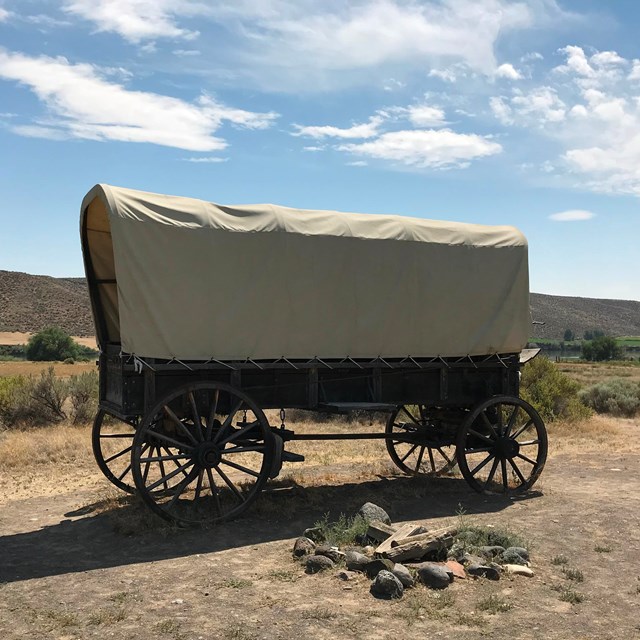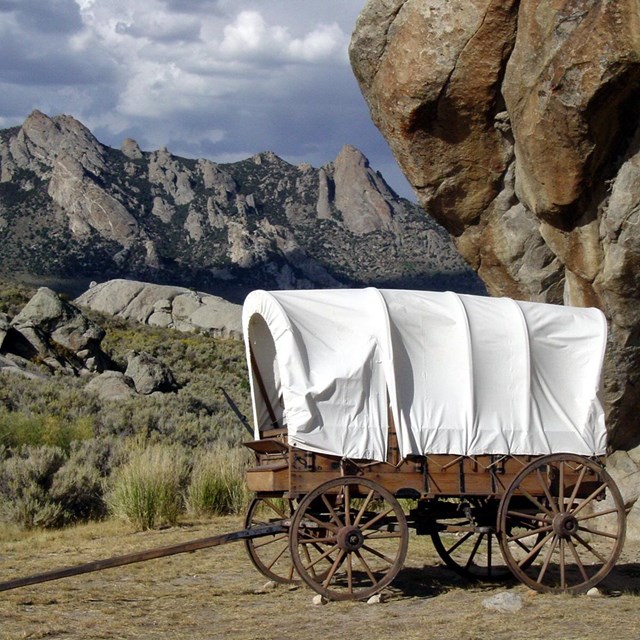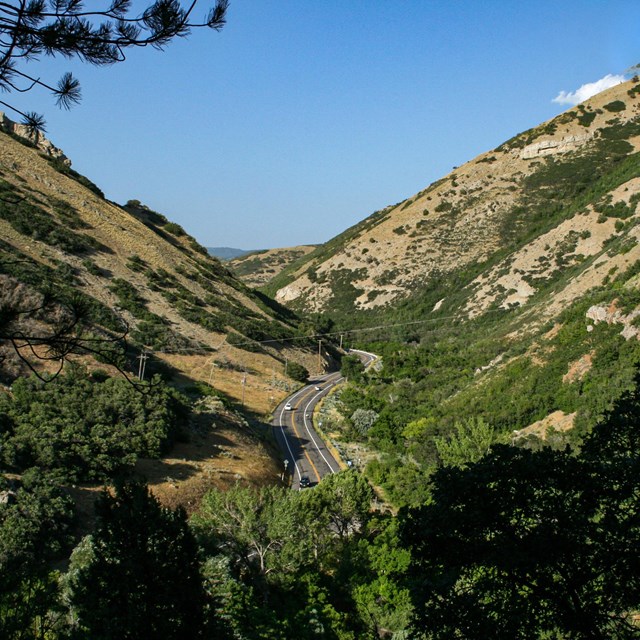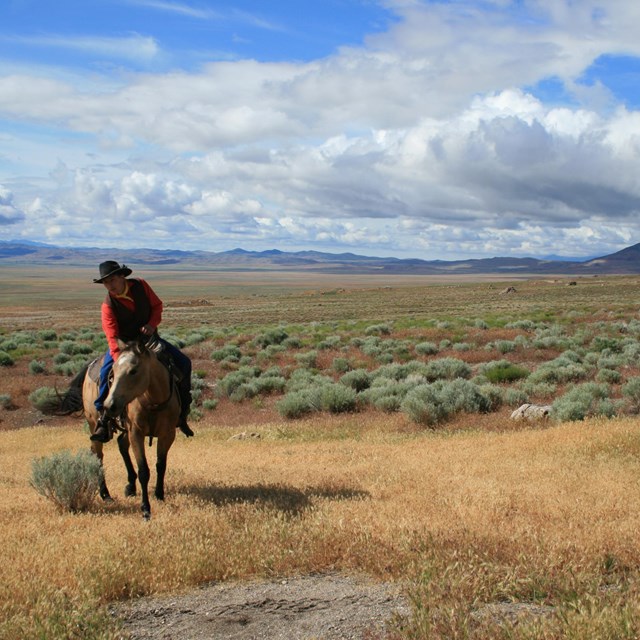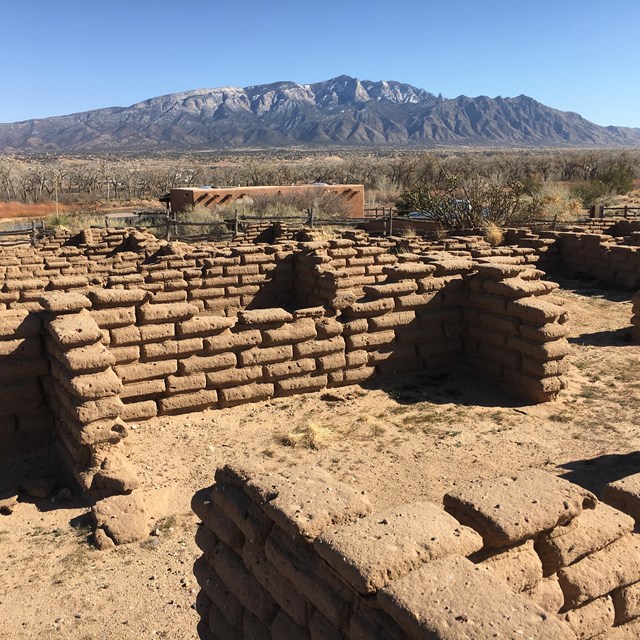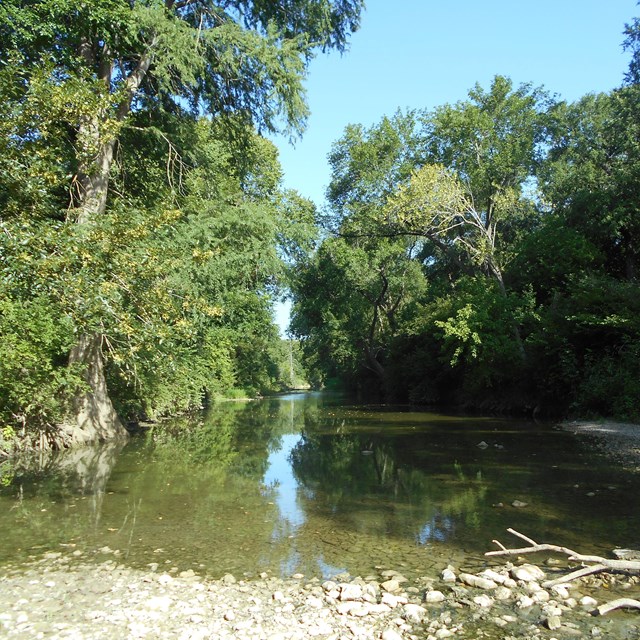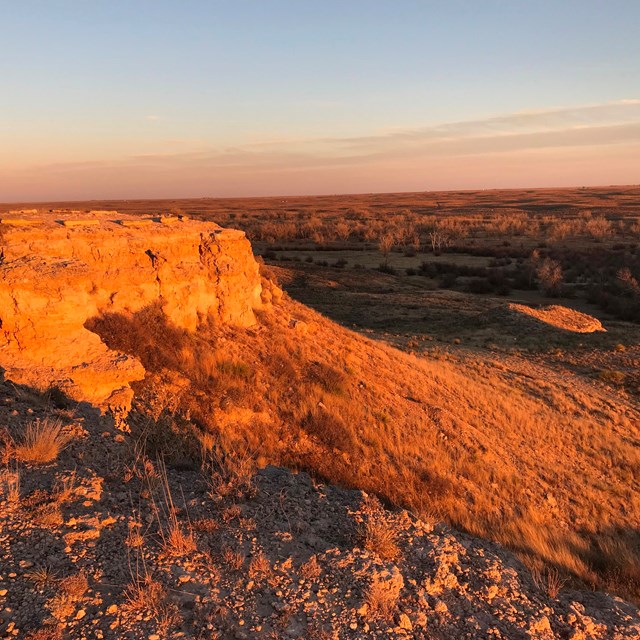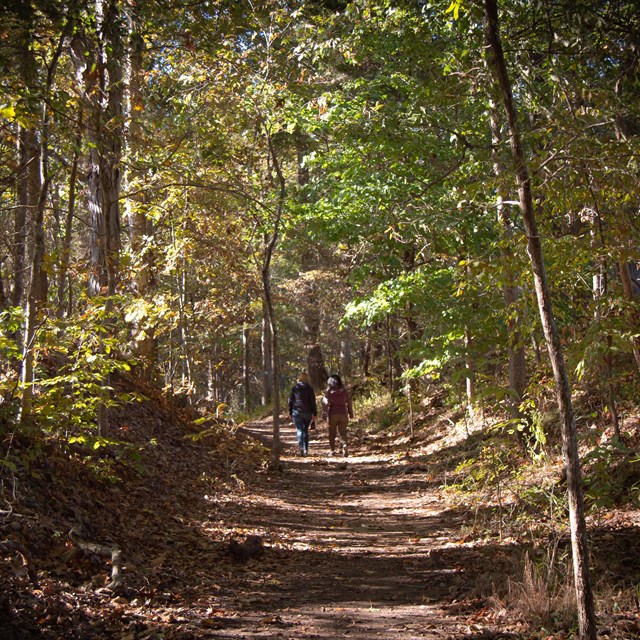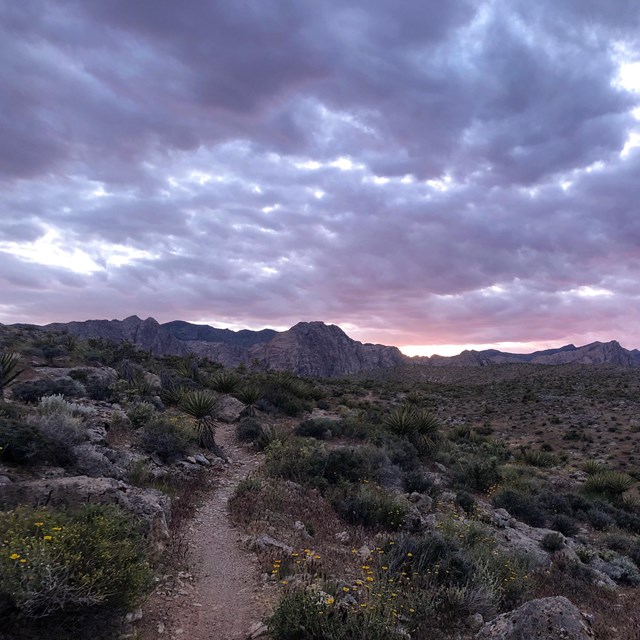Last updated: March 21, 2025
Article
How to Certify your National Historic Trail Property
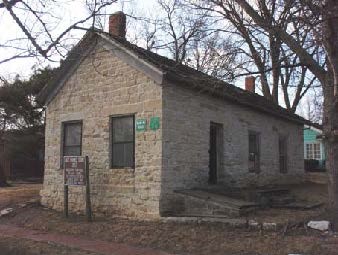
NPS Photo
Tracing Our Past
Wagon wheels, hooves, boots, and moccasins long ago wore a tangle of trails across America and deep into her national identity. Many of these historic routes have been recognized by Congress as national historic trails.
National historic trails cross thousands of miles of public and private property. Along those miles are physical traces of trail history, such as wagon ruts, graves, inscriptions, and campsites and places that tell about that history, such as museums and visitor centers. Many such traces and places are found on state lands, in nature preserves, in city parks, on ranches, and even in suburban back yards.
Those important pieces of trail history can be publicly commemorated and protected through the National Park Service partnership certification program.
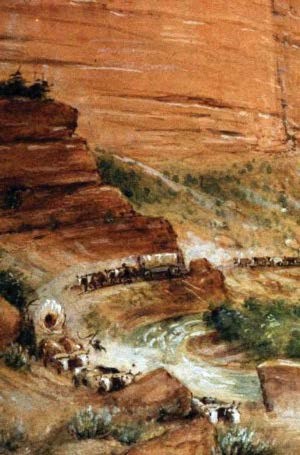
Illustration/William Henry Jackson
Across America
As an owner or manager of a certified trail site, segment, museum, or visitor center located near a congressionally designated national historic trail, you can request guidance from National Park Service experts in many specialties. In addition, all trail partners may apply for Challenge Cost Share matching funds to help protect a trail property, make it accessible, research its history, or tell its story.
Partners in Time
Certification is a partnership that helps landowners protect and preserve their historic trail properties, and share them with others.
The certification process begins when a landowner or manager invites National Park Service trails staff to evaluate a property’s historical significance and condition. If the site has played a role in trail history and the owner will allow at least occasional public access, the partners together prepare a certification agreement. The owner/manager can establish visiting times, dictate where visitors may go on the property, and set other reasonable conditions.
Next, the partners might begin planning for site protection and any other needs, such as walkways, signs, and exhibits.
The partnership allows plenty of room for choice and flexibility. For example, one owner might choose to install exhibits and sidewalks and open his property to daily visitation. Another might prefer to keep his/her land undeveloped and limit visits to an occasional school group or researcher. The needs of both owners can be met.
Owners retain all legal rights to their property, and can end the partnership at any time.
Most states have tort claim laws that protect landowners who allow public recreational use of their properties. The National Park Service can help you find information about applicable laws in your state.
Why Certify your Site?
The National Park Service offers many benefits to its certification partners:
Technical Assistance
National Park Service experts in history, archeology, interpretation, exhibit design, landscape architecture, and many other fields can show you how to research and share the story of your certified property.
Protection and Site Development Guidance
As the nation’s leading conservation agency, the National Park Service can advise you on protecting your site, preserving its historic qualities, and managing visitor use. We can also help with site planning and design, and aid in producing interpretive story panels for your certified site.
Project Funding and Assistance
The National Park Service can provide federal funds for eligible projects through its Challenge Cost Share Program, which can match up to 50 percent of project costs. We can also help you find funding from other sources.
Recognition
The National Park Service can provide official National Historic Trail signs and logos for display at certified sites. Visitors recognize those signs and logos, and through them know right away that a site is historically important.
To start the certification process for eligible properties along any of the trails listed below, contact us.


